
|
|
|
| synonym |
|
| description |
A yellow-orange to green robust species with a rounded head the strongly projects outwards; the antennae are also quite long. Sometimes the tips of the wings are smoky, brown. Males are plainly colored green (fresh specimens) with no markings except for a black band near the tip of the abdomen. Females, green, have wings shorter than the length of the abdomen and have distinctive black marks around otherwise yellow eyes. The female pregenital sternite has the posterior margin broadly excavated with a small median tooth. The males subgenital plates are triangular and pointed, gradually taper from bases to pointed apexes. Adults are around 3.0 to 4.0 mm long. (DeLong 1948, DeLong 1953) |
| distribution |
Found across the country, but scattered and uncommon to rare; as far north as Manitoba and as far south as Texas (Knull, 1942). |
| abundance |
Uncommon to rare with only several scattered records across the state. |
| seasonal_occurrence | |
| habitat |
Has been found in grassy, brushy habitat; reportedly common in moist wooded areas where herbaceous growth is abundant (DeLong 1948) |
| plant associates |
Goldenrod |
| behavior |
|
| comments |
The female of this species is flightless.
A similar species, Neocoelidia vittapennis, could also potentially be found in our area. It has a pair of black spots in the basal angles of the scutellum and dark brown longitudinal lines on the venation of the wings, especially the claval suture and costal margin: BG. It occurs along the Gulf Coast and southern Atlantic coast. (DeLong 1953)
A second similar species, Neocoelidia orientalis, has been collected from nearby Tennessee in various locations. It resembles N. tumidifrons in coloration and appearance but is larger (4.0-5.0 mm) and with different male genitalia. The claval and costal wing veins are brown. The female pregenital sternite is long, with the posterior margin truncate. (DeLong 1953) |
status |
[Native:]
[Introduced:]
[Extirpated:] | | list_type |
[Official:]
[Provisional:] |
| adult_id | Unmistakable and widely known Identifiable from good quality photos of unworn specimens
Identifiable from photos showing undersides, or other specialized views [e.g., legs, face]
Identifiable only by close inspection of structural features or by DNA analysis NULL |
| nymph_id | Unmistakable and widely known Identifiable from good quality photos, especially where associated with known host plants
Identifiable from close inspection of specimens or by DNA analysis
Identifiable only through rearing to adulthood NULL |
| G_rank |
|
| S_rank |
|
| rank_comments |
|
| tribe |
Neocoelidiini |
| subgenus |
|
Species Photo Gallery for Neocoelidia tumidifrons No Common Name |
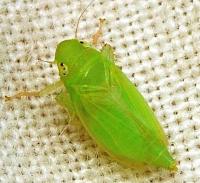 | Photo by: Paul Scharf, B Bockhahn
Stanly Co.
Comment: Caught sweeping. Dr. Hamilton\'s comments: A female Neocoelidia tumidifrons; on goldenrod, but not common that far east because it is flightless. |  | Photo by: Rob Van Epps
Mecklenburg Co.
Comment: Caught sweeping - weedy edge of woods. |
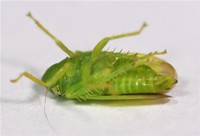 | Photo by: Rob Van Epps
Mecklenburg Co.
Comment: Caught sweeping - weedy edge of woods. | 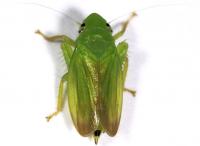 | Photo by: Rob Van Epps
Mecklenburg Co.
Comment: Caught sweeping - weedy edge of woods. |
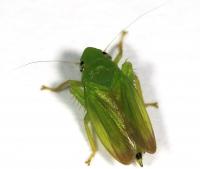 | Photo by: Rob Van Epps
Mecklenburg Co.
Comment: Caught sweeping - weedy edge of woods. | 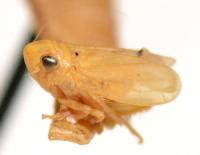 | Photo by: Kyle Kittelberger
Out Of State Co.
Comment: NCSU specimens; N. vittapennis |
 | Photo by: Kyle Kittelberger
Out Of State Co.
Comment: NCSU specimens; male, N. vittapennis | 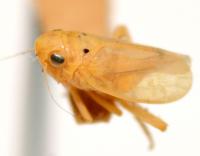 | Photo by: Kyle Kittelberger
Out Of State Co.
Comment: NCSU specimens; males, N. vittapennis |
 | Photo by: Scott Bolick
Randolph Co.
Comment: |  | Photo by: Scott Bolick
Randolph Co.
Comment: |
 | Photo by: Scott Bolick
Randolph Co.
Comment: |  | Photo by: Scott Bolick
Randolph Co.
Comment: |
 | Photo by: Rob Van Epps
Mecklenburg Co.
Comment: | 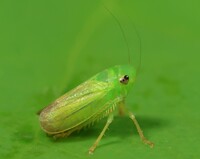 | Photo by: Rob Van Epps
Mecklenburg Co.
Comment: Caught sweeping - weeds at edge of upland woods. |
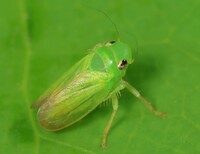 | Photo by: Rob Van Epps
Mecklenburg Co.
Comment: Caught sweeping - weeds at edge of upland woods. | 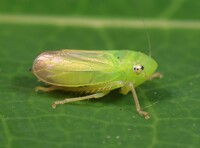 | Photo by: Rob Van Epps
Iredell Co.
Comment: Caught sweeping in weedy field |
 | Photo by: Rob Van Epps
Iredell Co.
Comment: Caught sweeping in weedy field |

 »
»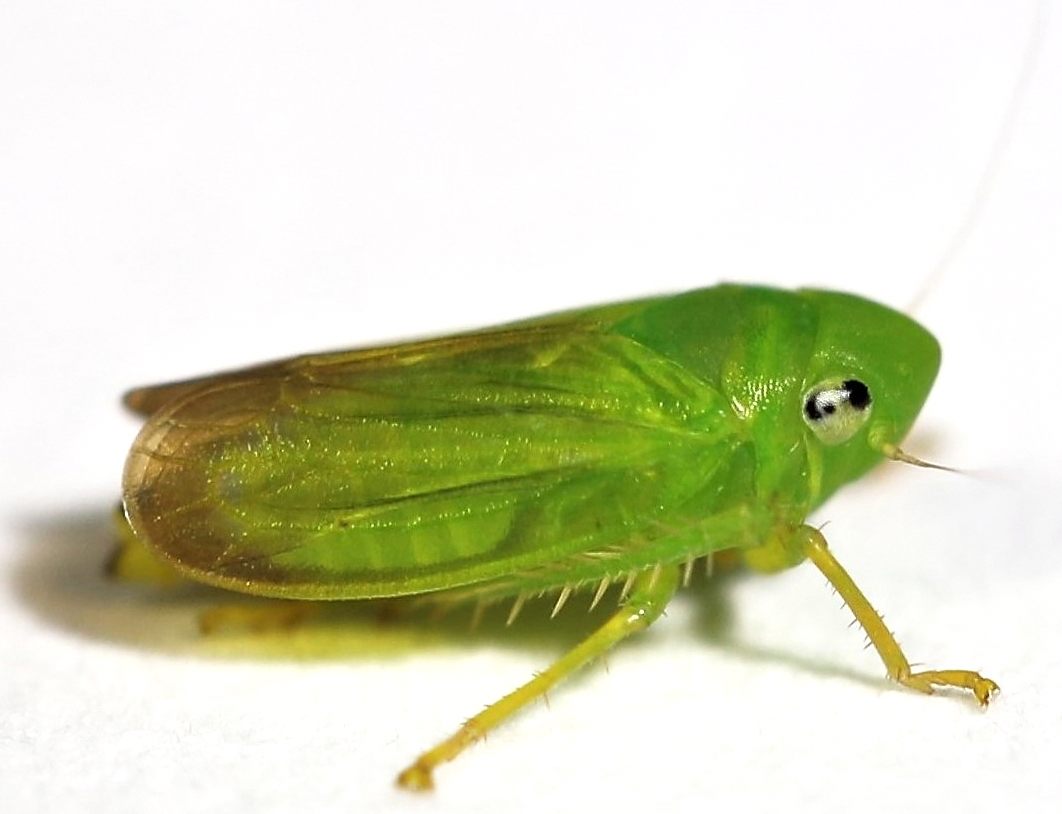
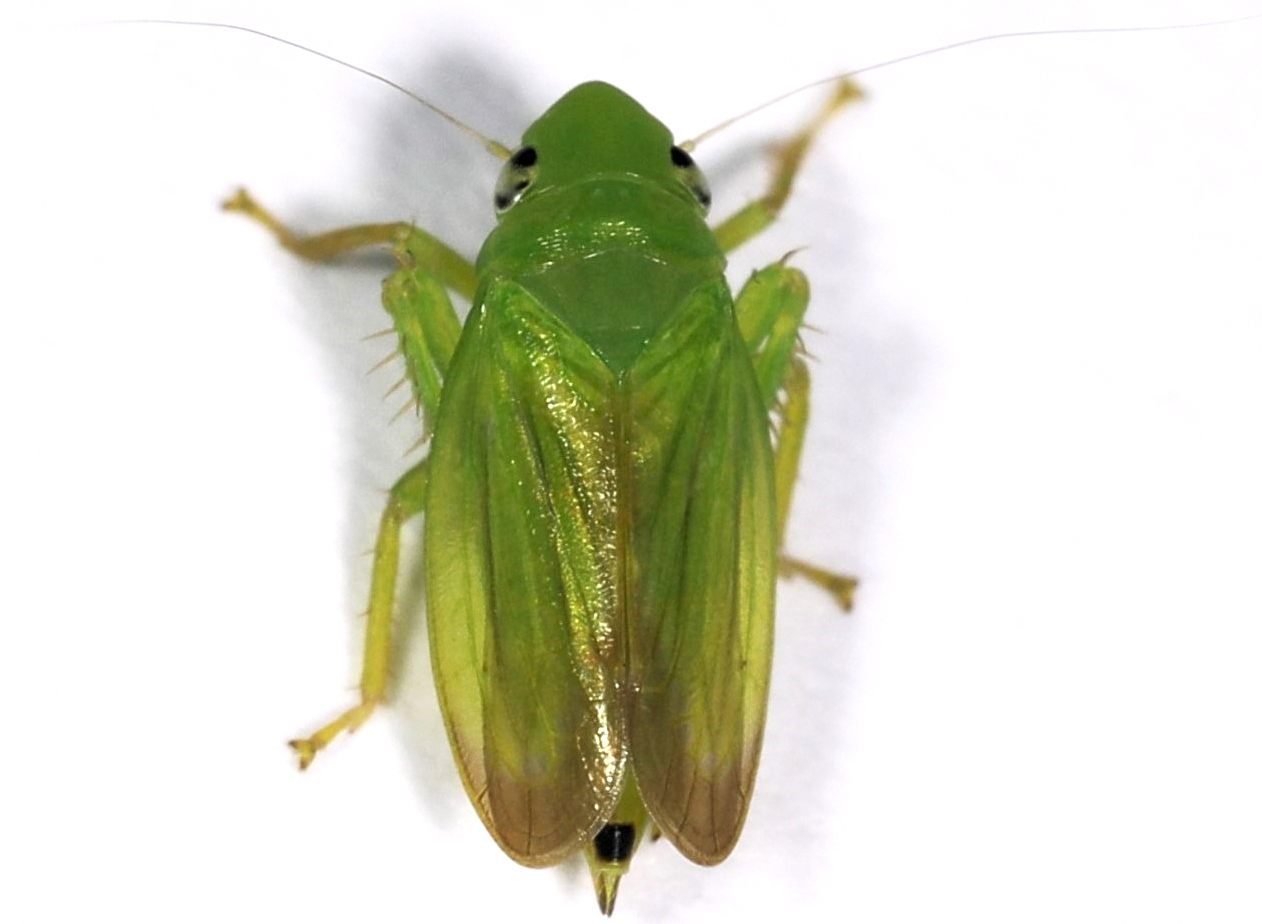


 »
»

